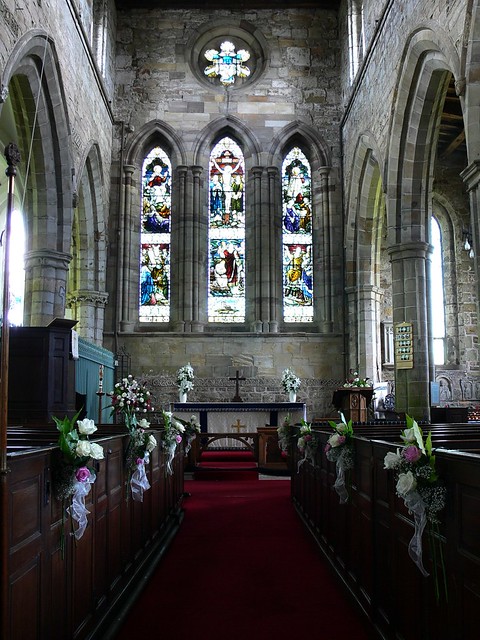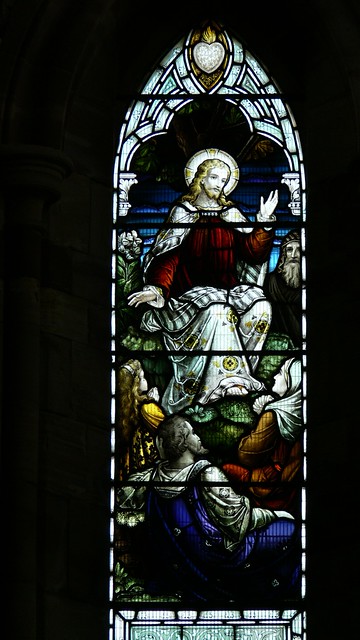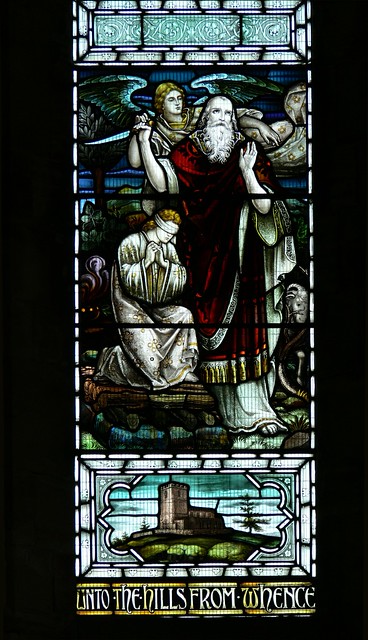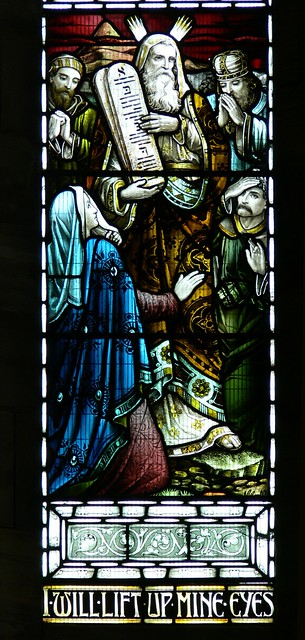Baillie & Co, Thomas

Alexander Benjamin Baillie (1787-1864), a Scot who moved south to London and was involved in stained glass production before 1815. His sons were Edward Baillie (born 1812) and Thomas Baillie (1815-1883). Edward started work as a glass stainer in Cumberland Market, London and later, Edward and Thomas worked together under various firm names. Edward Baillie worked alone for a time until his death (1856). Afterwich Thomas took over active leadership of the business amd later opened premises in Wardour Street. By 1869, Wardour Street was the companies principal address.

Thomas partnered with other designers and the company name evolved to sometimes reflect that. Around 1854, Thomas Baillie entered into partnership with George Mayer (1823/24-1884). The company sometimes went under “Baillie & Mayer” in that period. Later he partnered with the William Lutwyche a decorator from Hackney and at this time it was refered to as Baillie and Lutwyche.

Around the 1860s-70s, under Thomas, the firm’s style evolved, earlier windows (under Edward, or jointly) are noted as bright, pictorial, perhaps a little old-fashioned, whereas Thomas later adopted more advanced tastes. In 1861, Thomas was employing 20 men and five boys, indicating a substantial operation. By the 1880s-1890s, the firm appears to have declined somewhat in size; still operating in Wardour Street. After Thomas’s death in 1883, the Lutwyche partnership carried forward part of the business.

At its height, the business was fairly large-scale, and capable of producing substantial church windows. But the firm was not as stylistically flamboyant or formally celebrated as some contemporaries like Kempe, and their work can sometimes be more traditional.
The themes of the windows they produced include: resurrection, miracles, parables; emphasis on divine aid and salvation. Stylisytically they present clear narrative panels, silver-stain landscapes, minimal heraldry, their post-1883 works show an Arts & Crafts restraint.1
